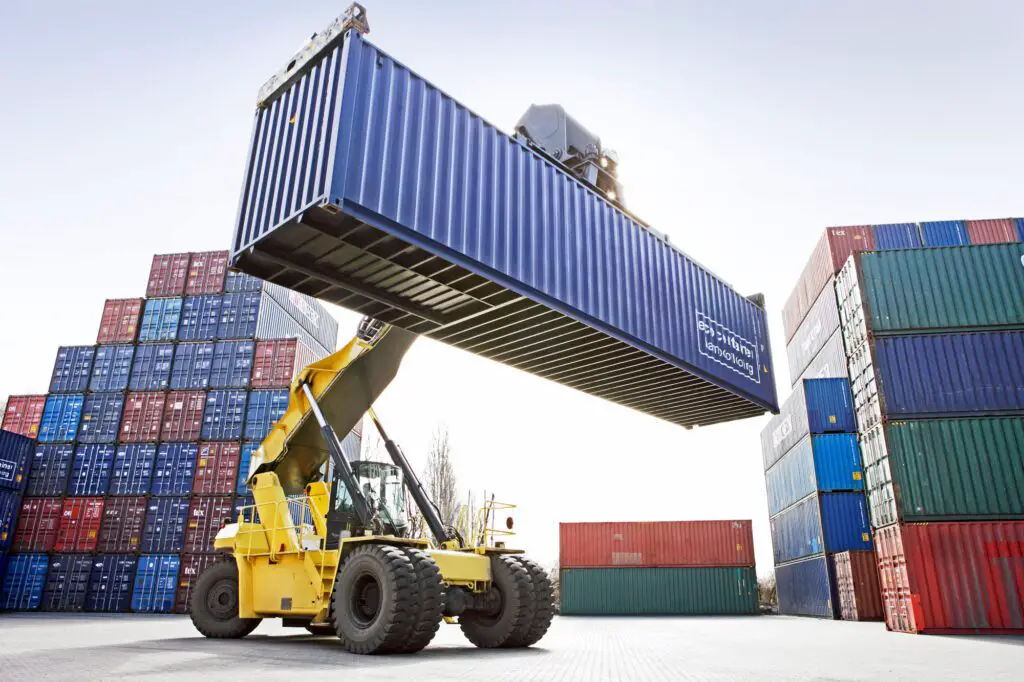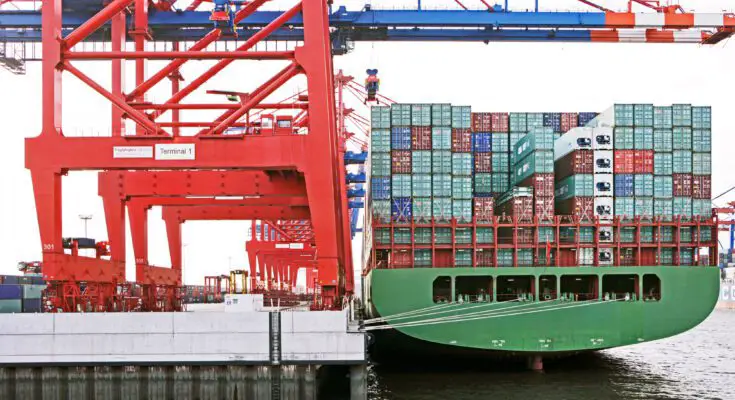The design of shipping containers is a unique combination of engineering ingenuity and practicality, making it an indispensable component of the global logistics industry. Shipping container design excels in withstanding transportation rigors. It has standardized dimensions for efficient handling. It also offers flexible, environmentally friendly cargo and storage solutions.
The structural integrity of a shipping container design is one of its distinguishing characteristics. Engineers consider weight distribution, material strength, and load-bearing capacity. This way, containers can withstand challenging conditions, like rough seas and stacking pressures, during transport.
The International Organization for Standardization (ISO) has established benchmarks for container dimensions, corner fittings, and locking mechanisms. This standardization makes global container handling, transfer, and intermodal transport more efficient. It optimizes space utilization within cargo ships and reduces handling and logistics costs.
Shipping containers are adaptable. The standard 20ft shipping containers can accommodate numerous types of cargo. You can use them to transport consumer goods, electronics, perishable goods, and bulk commodities. Also, you can utilize different types of shipping containers to suit specific cargo needs.
These simple metal boxes that sail the world’s oceans are more than they appear. Engineering and scientific principles ensure long-term durability, structural integrity, and efficiency in the global logistics industry. Let’s explore the hidden science behind shipping container design:
- Structural Integrity
Shipping containers contain strong engineering principles to withstand rough conditions during transit. Structural engineers employ their expertise to consider various factors. These include weight distribution, material strength, and load-bearing capacity.
A shipping container’s frame is typically high-strength steel, providing exceptional structural stability while minimizing overall weight. You can stack containers safely on cargo ships without jeopardizing structural integrity. The design enables efficient use of space within the ship. It also optimizes cargo capacity and lowers shipping costs.
Understanding the concept of gravity is critical for designing shipping containers. Acceleration, deceleration, and lateral forces can also affect structural integrity. Engineers examine cargo placement and weight distribution to preserve stability. This way, containers can prevent excessive tilting or tipping.
- Load Distribution And Balance
Efficient load distribution is critical for maintaining stability and avoiding damage to the container and its contents. Engineers use reinforced corner castings and twist-lock systems to ensure secure container stacking and interlocking. This design prevents cargo from shifting excessively, even when subjected to rough seas or sudden movements during transportation.
- Corrosion Resistance
Saltwater, humidity, and extreme temperature fluctuations are some environmental factors that shipping containers must contend with. Engineers use cutting-edge preventative measures to fight corrosion. These include using corrosion-resistant materials and anti-corrosion coatings like specialized paints and zinc-based treatments.

These precautions keep containers in good shape for longer, which saves money on repairs and protects cargo from harm.
- Efficiency And Standardization
The specifications set by the International Organization for Standardization (ISO) play a crucial role in making shipping containers universally compatible and efficient. It outlines design, dimensions, and structural integrity requirements for shipping containers.
Here are some essential standardization rules to ensure safety and reliability:
- Dimensions: ISO sets standard shipping container sizes, primarily 20-foot and 40-foot, for uniformity and compatibility across the industry. The 8-foot width enables easy transport and stacking on various modes.
- Corner Fittings: Standard shipping containers have corner fittings for easy lifting and security during loading and unloading. These fittings ensure compatibility with handling equipment like cranes and forklifts.
- Door Design: ISO standards for container doors ensure secure, weatherproof, and easy operability, protecting cargo from theft and damage while facilitating seamless transportation access.
- Structural Integrity: ISO guidelines for structural strength and integrity require materials like high-strength steel for the frame and corrugated steel panels for the walls and roof.
ISO standards harmonize container design, enabling efficient intermodal transportation. Although ISO standards offer a common framework for container design, you can choose variations like refrigerated or open-top containers for specific cargo requirements. These variations still adhere to fundamental principles.
- Sustainability And Reusability
The design of shipping containers embraces sustainability by encouraging reuse and repurposing. Shipping containers are versatile building materials used in architecture, construction, and community centers. Their strength and modularity make them ideal for creating temporary and permanent structures.
Here are some ways to transform retired containers:
- Portable office
- Shop or kiosk
- Food truck
- Swimming pool
- Sauna
- Disaster shelter
- Bridge
- Portable toilet
- Art installation or gallery
Recycling old shipping containers can minimize the load on landfills and save the planet from container disposal.
Conclusion
The design of a shipping container is a feat of engineering because of its unique features, such as its structural integrity, standardization, versatility, and durability. By paying attention to weight distribution, capacity, and ISO standards, engineers have developed a way to ship goods safely. Shipping containers’ growth shows their importance to global trade. It also emphasizes the need for new, reliable container designs.


